A Giant Emerges: Discovery of a New Titanosaur Dinosaur in Patagonia
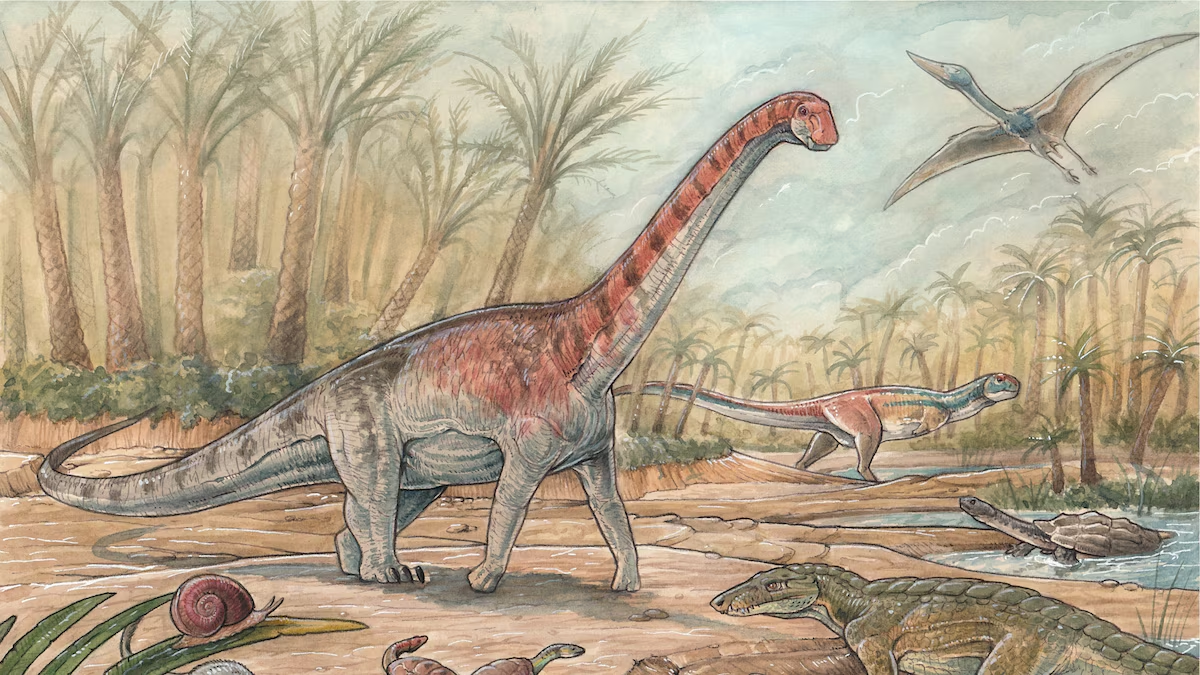
In the windswept expanses of Patagonia, Argentina, where ancient fossils frequently surface from the sediment-rich rock beds, scientists have uncovered yet another monumental chapter of Earth’s deep past: the remains of a previously unknown species of titanosaur, one of the largest groups of dinosaurs ever to walk the Earth.
This newly identified species, discovered in 2021 and still under active study as of 2025, is believed to be among the largest land animals to have ever existed. The discovery not only sheds light on the diversity of titanosaurs but also enhances our understanding of Cretaceous ecosystems, continental evolution, and gigantism in dinosaurs.
🦕 What Are Titanosaurs?
Titanosaurs were a diverse group of sauropod dinosaurs (long-necked herbivores) that lived during the Late Cretaceous period, roughly 100 to 66 million years ago. They were:
- Quadrupedal and plant-eating
- Known for their colossal size and relatively flexible body plans
- Some of the last surviving sauropods before the mass extinction event
Well-known members include:
- Argentinosaurus
- Patagotitan
- Dreadnoughtus
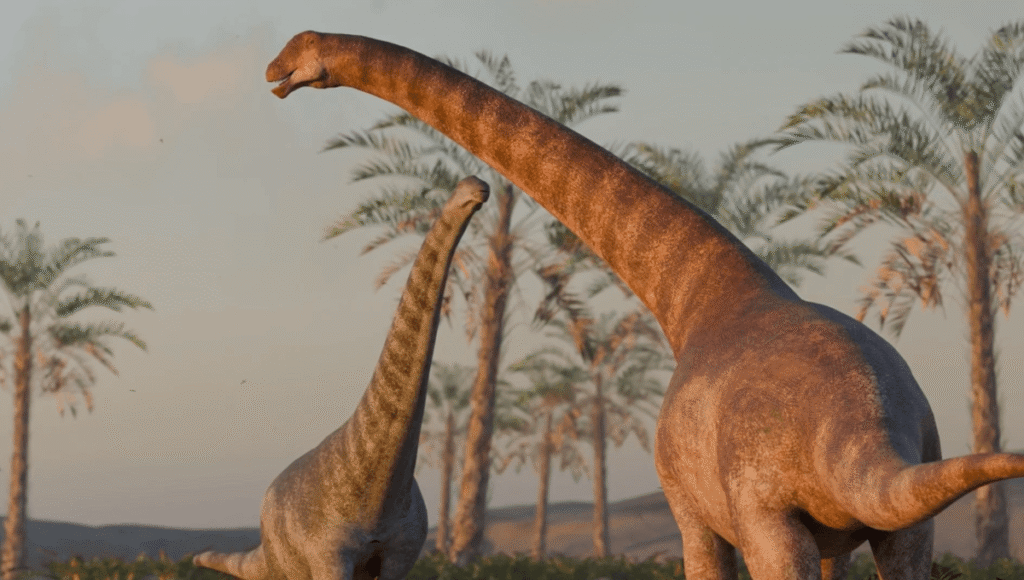
🧬 The Discovery in Patagonia
📍 Location:
The fossil was unearthed in the Neuquén Basin, a sediment-rich area of northwestern Patagonia, which has produced many significant dinosaur finds over the past century.
🧑🔬 The Team:
- Conducted by Argentine paleontologists from the Museo Paleontológico Egidio Feruglio (MEF)
- Led by scientists including Dr. José Luis Carballido, a veteran expert in sauropod anatomy
⛏️ Excavation:
- Bones first discovered in 2012, but fully excavated and described in recent years
- The skeleton includes: vertebrae, pelvis, limb bones, and fragments of the skull
- Bones were embedded in floodplain sediments, suggesting a riverine environment
📏 How Big Was It?
Initial analysis suggests:
- Estimated length: 25–30 meters (82–98 feet)
- Estimated weight: 50–70 tons
- Comparable in size to Patagotitan, possibly even larger
- Vertebrae alone measured over 1 meter in height
However, full measurements are cautious until more remains are studied. It’s not yet confirmed whether this specimen surpasses Argentinosaurus, long thought to be the largest dinosaur ever discovered.
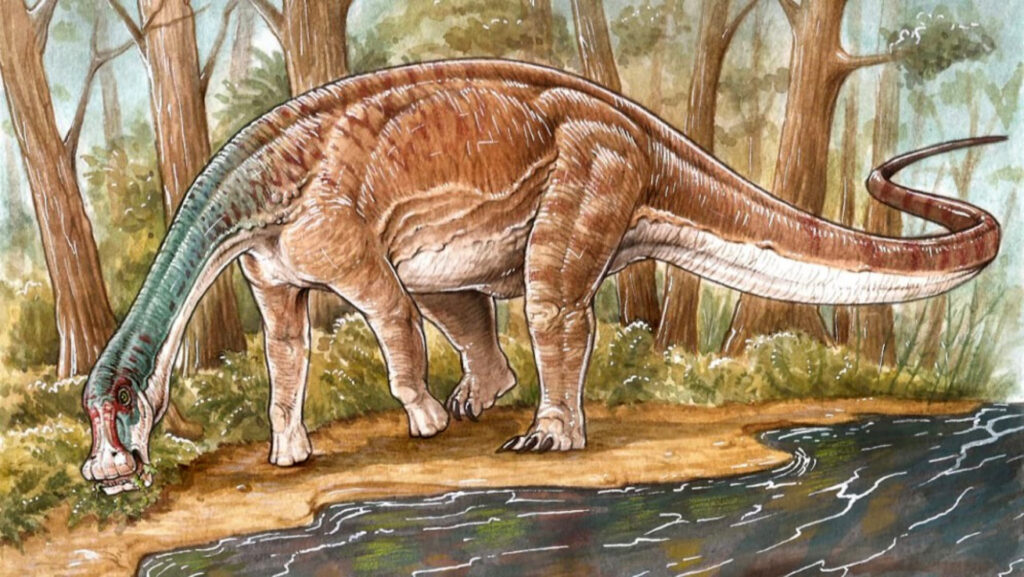
🆕 New Species Status and Classification
The titanosaur has been tentatively named (pending peer review) Chucarosaurus diripienda—meaning “hardy, broken lizard” in a blend of Greek and local indigenous language, referencing the robust bones and their fragmented condition.
It is considered distinct based on:
- Unique morphology of vertebrae and limb bones
- Differences in the pelvic structure
- Novel proportions in the femur and humerus
Phylogenetic analysis places it within Titanosauria, but outside the specific subgroup of lognkosaurians, hinting at a new evolutionary branch.
🌍 Paleogeographic Context
During the Late Cretaceous:
- South America was an isolated landmass, allowing unique fauna to evolve
- Patagonia was a warm, semi-arid floodplain with rivers and vegetation
- Titanosaurs thrived alongside theropods (like abelisaurs) and other sauropods
The discovery highlights Patagonia’s role as a hotspot for dinosaur gigantism.
🧪 Scientific Importance
🔬 1. Understanding Dinosaur Size
This species helps researchers explore:
- How such large bodies were supported
- How heat, metabolism, and food intake were regulated
- Evolutionary pressures leading to gigantism
🦴 2. Fossil Preservation
The new specimen is relatively well-preserved, offering rare opportunities to study:
- Muscle attachment scars
- Bone histology (to determine age and growth rate)
- Vertebral articulation and posture
🧬 3. Biodiversity in the Late Cretaceous
The species adds to the growing evidence that multiple giant titanosaurs coexisted in different habitats or ecological niches, with varying diets and behaviors.
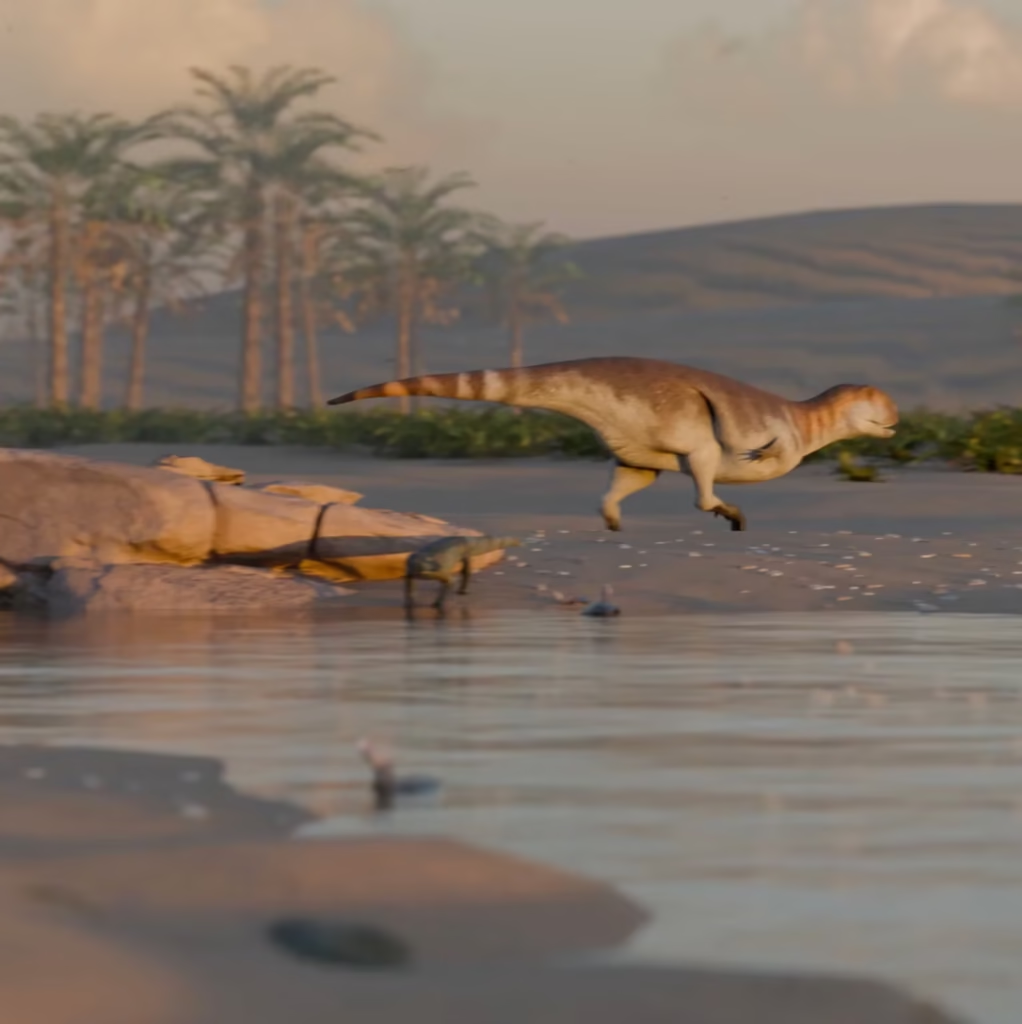
🧠 How It Lived
Although soft tissues don’t fossilize well, scientists infer behavior from bones:
- Herbivorous, likely feeding on conifers, cycads, and ferns
- May have traveled in herds, especially during migration or drought
- Grew slowly over decades to achieve enormous size
- Possibly preyed upon in youth by predatory theropods, but invulnerable as adults
🧬 Technologies Used in Study
- 3D scanning and digital reconstruction to assemble fragmentary bones
- Bone histology to determine age and growth rate
- CT scans to examine internal structure without damaging fossils
- Comparison with databases of other titanosaur species worldwide
⚖️ The Ongoing Debate: Largest Dinosaur Ever?
Paleontologists caution that “largest ever” claims require:
- Complete or near-complete skeletons
- Consistent measurement methods
- Rigorous peer review
Still, Chucarosaurus may eventually rival or even surpass Patagotitan mayorum, currently held as one of the largest known titanosaurs, depending on what future excavations reveal.
🏛️ Public Display and Education
- Fossils are being curated at the Egidio Feruglio Paleontology Museum (MEF) in Trelew, Argentina
- A life-sized reconstruction may follow, as was done for Patagotitan
- The discovery is a boost to paleotourism in Patagonia, which draws thousands of visitors annually
🦴 Why Patagonia Is a Dinosaur Treasure Trove
- Rich sedimentary rock beds exposed by erosion
- Minimal urban development in key fossil zones
- Cooperation between government, local communities, and global researchers
- Other recent discoveries in the region:
- Patagotitan mayorum
- Dreadnoughtus schrani
- Giganotosaurus carolinii (a giant theropod)
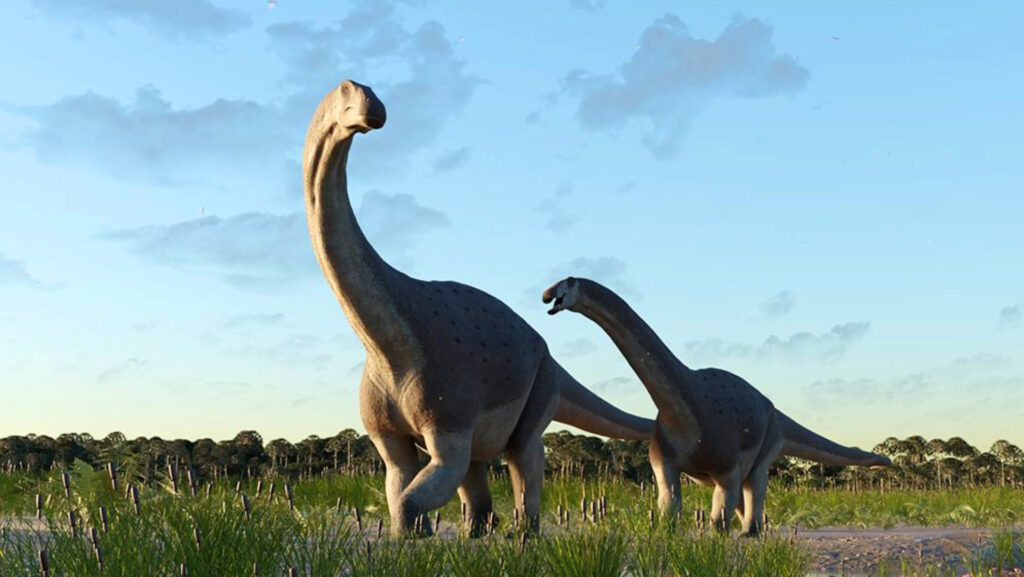
Conclusion
The discovery of a new titanosaur species in Patagonia is a testament to both the mystery and magnitude of prehistoric life. As the earth continues to reveal its ancient secrets, Chucarosaurus diripienda reminds us how little we still know about the giants that once thundered across the continents.
This find is not just a new name in the fossil record—it’s a milestone in understanding evolution, biomechanics, and extinction, and an inspiration for future generations of paleontologists.




